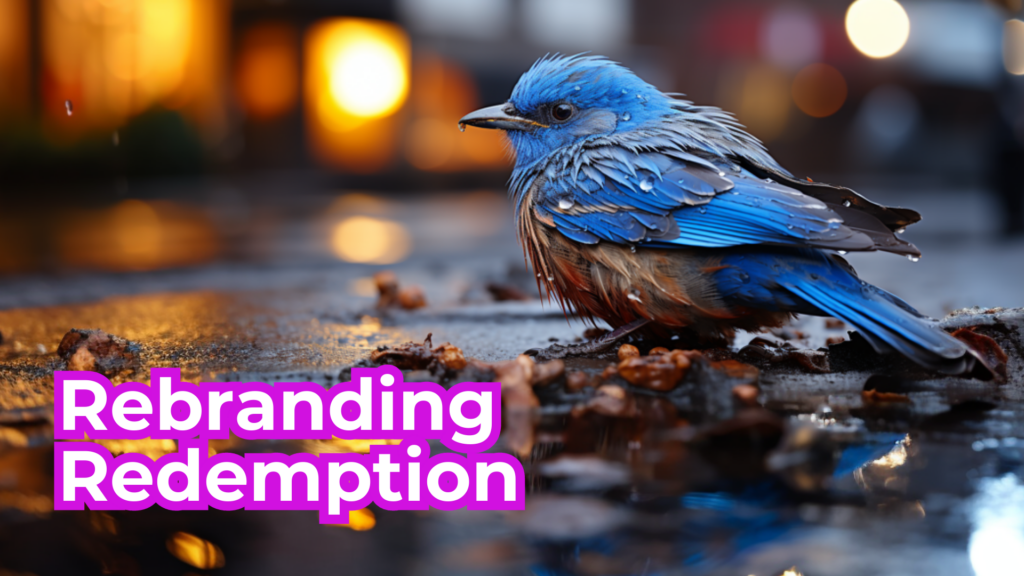A small company was bought by a giant for a billion dollars in 4 years because they understood their brand and product.
In 2013, George Clooney, along with his companions Rande Gerber and Mike Meldman, established Casamigos. Merely four years later, the venture was acquired by Diageo. Although preceding celebrity tequila brands existed, Casamigos set a new precedent by being the inaugural one to achieve a US billion-dollar sale.
Surprisingly, Casamigos was not originally intended to be a significant revenue generator. Originating as a labour of love, a small enterprise, it eventually blossomed into a cultural sensation. Much like Hennessey and Cristal, the name “Casamigos” now stands as a poetic emblem of status.
You have just witnessed the power of brand business leading to income generation.
In today’s dynamic business landscape, strategic brand building has evolved from a mere marketing tactic to a vital driver of profitability. Imagine your brand as the pulsating heart of your enterprise, infusing every facet with vitality and value. This article delves into the world of brand building, revealing its direct correlation with company profitability through the lens of real-life case studies.
1. Establishing Brand Identity: The Apple Way
Apple’s journey from a garage start-up to an almost three trillion-dollar company showcases the power of brand identity. Beyond crafting devices, Apple has cultivated an entire lifestyle—a culture of innovation that people aspire to be part of. The late Steve Jobs meticulously and maniacally engineered this identity, concentrating on minimalist design, cutting-edge technology, and seamless integration. This unique essence elevated Apple beyond being just another tech company. The result? A legion of devoted followers willing to pay a premium for an experience that transcends mere products.
Apple’s commitment to user-centric design, innovation, and an aura of exclusivity has created a brand identity that resonates with customers on a profound level. This identity is reinforced by consistent branding elements, from the iconic bitten apple logo to its clean, minimalist stores. The Apple brand isn’t just about gadgets; it’s an embodiment of innovation and lifestyle that directly correlates with its soaring profitability.
2. Building Brand Recognition: Coca-Cola’s Global Singularity
Coca-Cola’s red and white logo stands as an indelible mark on the collective psyche of humanity. This universal recognition is not a mere coincidence; it’s the outcome of strategic branding. The consistency in design, taglines, and campaigns over the years has forged an enduring image that transcends language and geographical boundaries.
Coca-Cola’s commitment to maintaining brand consistency has played a pivotal role in its global recognition. Its tagline, “Open Happiness” and its signature contour bottle are recognisable across the world. Moreover, Coca-Cola’s consistent branding has created a sense of nostalgia and reliability, fostering a deep emotional connection with consumers. This steadfast commitment to a recognisable brand identity has enabled Coca-Cola to become synonymous with refreshment worldwide. As a result, the brand has engendered a level of trust that directly fuels its staggering profitability.
3. Fostering Customer Loyalty: Nike’s Empowerment Emissary
Nike, the athletic footwear, and apparel juggernaut, goes beyond a mere logo. The iconic swoosh symbolises empowerment and determination. Through powerful campaigns and celebrity endorsements, Nike has meticulously built a brand that embodies these values. This strategic approach transforms shoe-buying from a transactional act into an expression of identity.
Nike’s brand-building strategy is centred on emotional resonance. The “Just Do It” slogan encapsulates a spirit of determination that speaks to athletes and everyday individuals alike. By leveraging emotional storytelling and connecting with customers’ aspirations, Nike has transformed its products into symbols of personal growth and empowerment. This emotional connection nurtures customer loyalty, transforming them into lifelong brand advocates who actively contribute to Nike’s enviable profitability.
4. Commanding Premium Pricing: The Aura of Luxury – Apple
Apple’s pricing strategy defies conventional logic. It doesn’t compete on price; it competes on value. By meticulously crafting a brand that signifies innovation, exclusivity, and a sense of luxury, Apple has created the perception that its products are more than just gadgets. They are status symbols, belonging to an elite circle.
Apple’s brand aura of luxury is the driving force behind its ability to command higher prices. The meticulously designed packaging, the premium materials used, and the overall experience associated with Apple products all contribute to the brand’s perceived value. This strategic brand aura allows Apple to maintain higher profit margins while maintaining a devoted customer base willing to invest in its products. Apple’s lesson in pricing is clear: the perceived value of a brand can redefine profitability dynamics.
5. Expanding Customer Base: Starbucks’ Third Place
Starbucks, the global coffeehouse chain, revolutionised the idea of a coffee shop. It’s not just about the brew; it’s about the experience—a “third place” between home and work. Starbucks tapped into the innate human need for community and belonging, becoming more than just a spot to grab coffee.
Starbucks’ brand-building success lies in its ability to create an immersive environment. The cosy interiors, comfortable seating, and inviting ambience all contribute to the brand’s identity as a “third place” for people to relax and socialise. Starbucks’ strategic approach led to an expanded customer base, not just comprising coffee enthusiasts but also those seeking a welcoming space. This expansion drove Starbucks’ profitability beyond the margins of coffee cups.
6. Mitigating Competitive Pressures: Disney’s Magical Differentiation
Disney, the entertainment giant, has mastered the art of brand storytelling. By associating its brand with dreams, wonder, and nostalgia, Disney carved a niche that competitors find challenging to breach.
Disney’s brand-building strategy revolves around creating immersive experiences and narratives that captivate audiences across generations. This emotional attachment and strong brand differentiation grant Disney a unique position in the entertainment industry. Even amid economic downturns, Disney’s brand resilience allows it to maintain ticket prices and secure its profitability. The lesson from Disney is clear: a well-built brand can act as a shield during market upheavals.
7. Leveraging Brand Extensions: Amazon’s Expansive Empire
Amazon, the e-commerce titan, didn’t stop at being an online bookstore. It used its brand strength to expand into a vast marketplace. Amazon’s relentless focus on efficient service and hassle-free shopping built trust among customers.
Amazon’s strategic brand extension is a testament to its customer-centric approach. By leveraging its established brand reputation, Amazon ventured into new territories like cloud computing with Amazon Web Services (AWS). This strategy attracted customers who were already familiar with the brand, given their positive experiences with online shopping. The seamless transition from one offering to another with a consistent brand experience ensured profitability even in uncharted territory.
8. Nurturing Long-Term Growth: Google’s Ever-Evolving Ecosystem
Google, the tech behemoth, didn’t rest on its search laurels. It built an empire through strategic acquisitions and innovations. Google’s brand power stems from its adaptability. The brand signifies constant evolution and user-centricity, creating an environment of trust.
Google’s brand-building journey involves consistent innovation and the expansion of its ecosystem. This approach ensures that users rely on Google for various aspects of their digital lives, from search to email to productivity tools. This trust translates into user loyalty and a willingness to explore new Google offerings, ensuring long-term profitability and an enduring presence in the tech landscape. And of course they have now expanded into the lucrative hardware business too.
9. Measuring Brand ROI: Data-Driven Insights – Coca-Cola
Coca-Cola’s success story isn’t just anecdotal; it’s backed by data. The company consistently conducts brand recognition surveys to gauge its impact. These metrics provide insights into how its brand-building efforts correlate with sales figures.
Coca-Cola’s data-driven approach highlights the tangible connection between brand initiatives and profitability. By quantifying the impact of brand recognition on sales performance, Coca-Cola gains actionable insights that guide its future brand-building strategies. This data-centric methodology establishes a concrete link between brand initiatives and their impact on the company’s bottom line.
Conclusion: Your Brand, Your Equity, Your Profitability
Strategic brand building isn’t an expenditure; it’s an investment with astounding returns. Sure, you may say SMEs need quick cash flow to thrive and survive. There’s no doubting that, but you also need to balance that by asking yourself ‘Do I have the foresight to go sustainably massive when I have the chance to do so or am I content playing as a small trader?’. There is nothing wrong with choosing the latter.
The success stories of Apple, Coca-Cola, Nike, Starbucks, Disney, Amazon, and Google underscore the remarkable connection between brand cultivation and profitability. As you embark on your brand-building journey, remember that each effort you put into defining your brand identity, nurturing loyalty, and differentiating yourself contributes to the powerful profit engine that drives your business forward. Your brand isn’t just a logo; it’s a driving force that propels your company towards unprecedented profitability.
Who is ready to be the next George?








